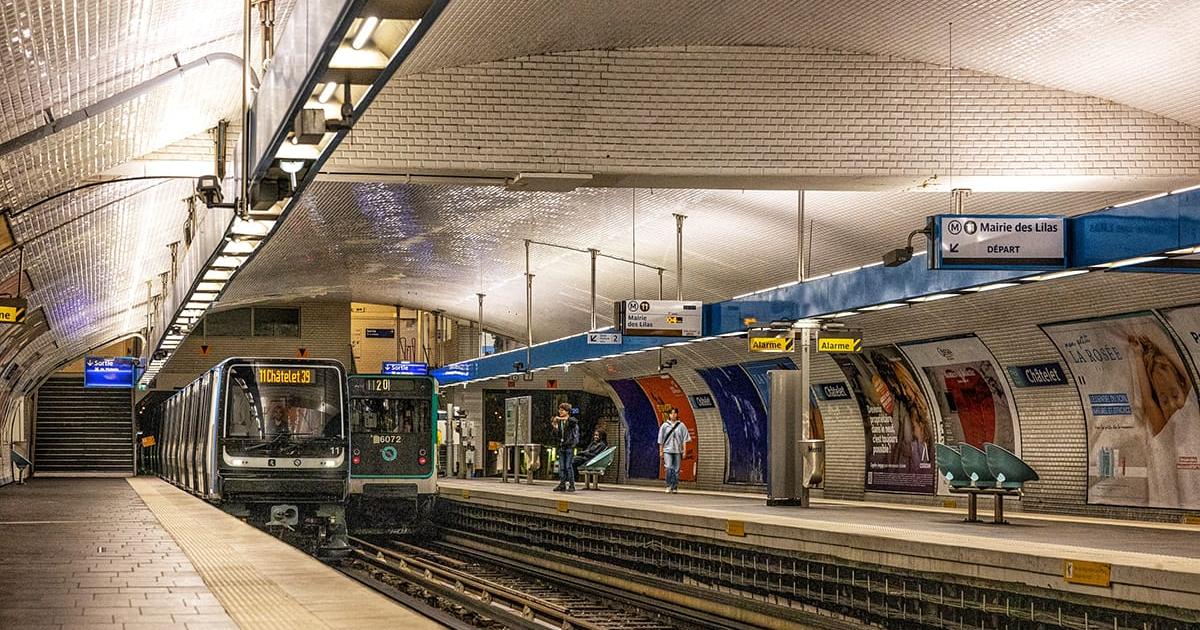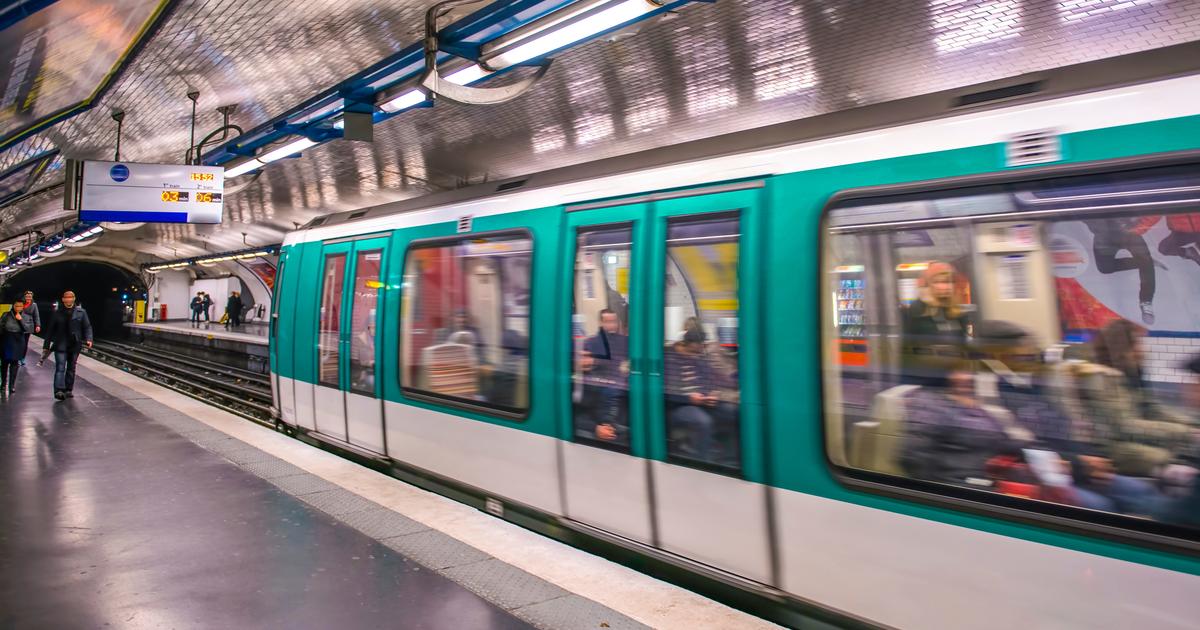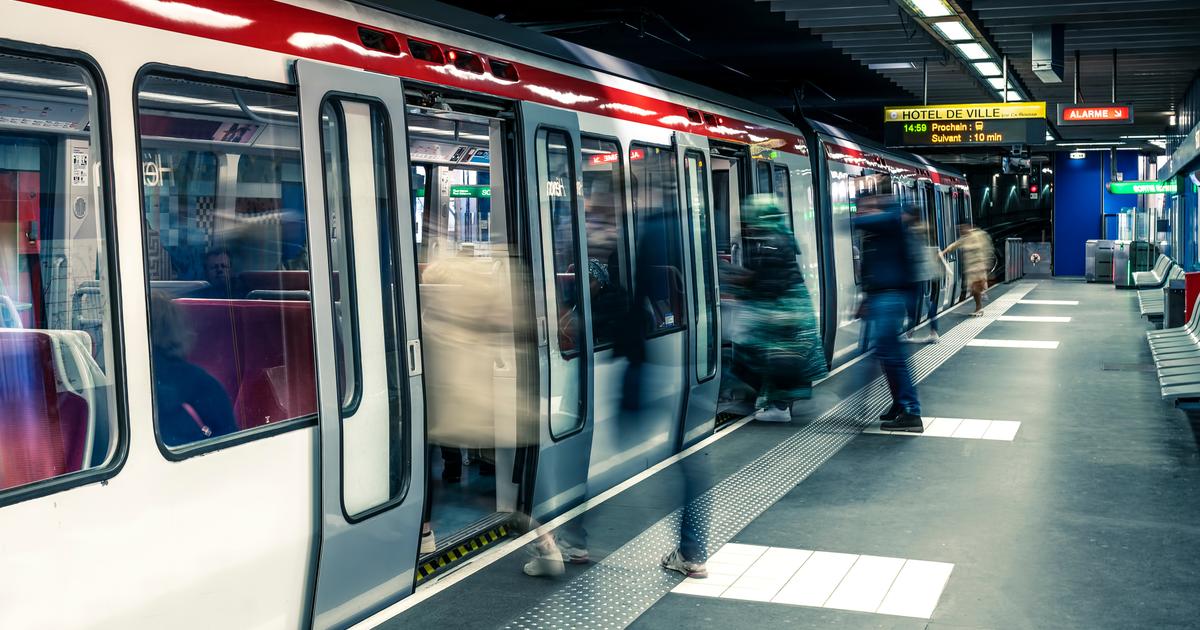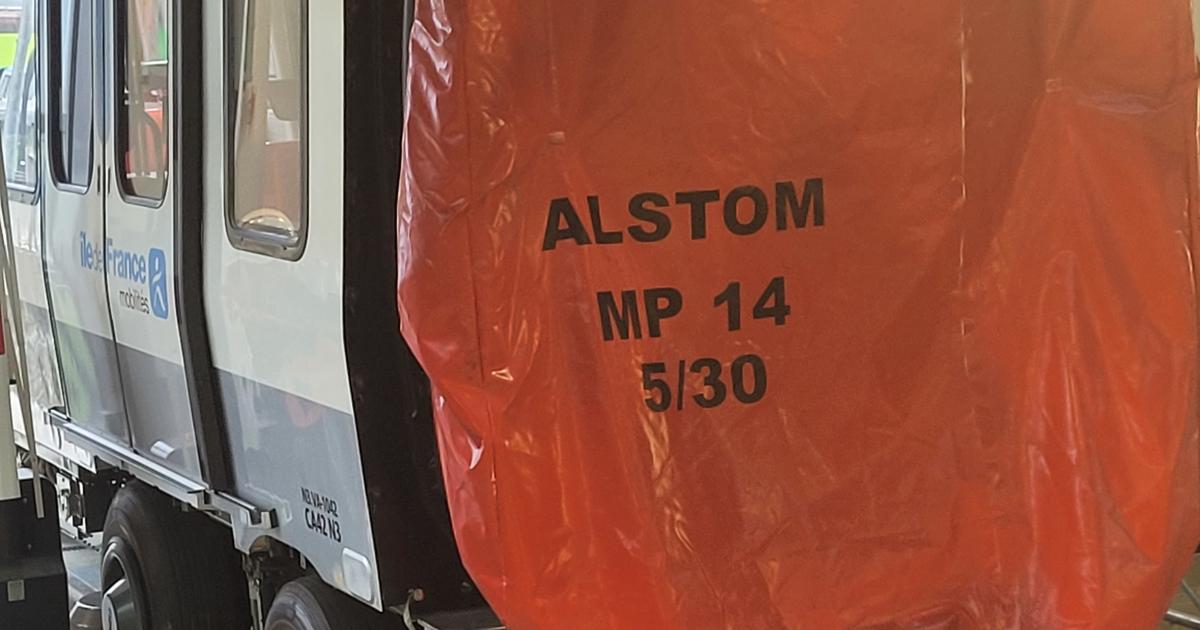It's a bit like squaring the circle. How to ensure the return of normal metro and train traffic from May 11 in Ile-de-France while preserving the safety of everyone (users and agents)? That is to say, respecting the barrier gestures and the necessary social distancing, that is to say one meter distance between each person, to avoid a return to the rise of the pandemic.
The RATP and Transilien teams, in collaboration with those of Ile-de-France Mobilités, the organizing authority for transport, and the State, via the regional prefecture, have been working on the issue since the speech by Edouard Philippe on April 28. Objective: to propose a set of measures allowing this resumption of Ile-de-France transport in acceptable health conditions. The arbitrations and decisions will be taken at the start of this week, probably on Tuesday 5 May. Catherine Guillouard, the CEO of RATP, and Valérie Pécresse, president of Ile-de-France Mobilités, will be heard by the Senate Wednesday May 6.
160 users per train instead of 1000?
On paper, the equation seems simple: the only way to respect social distancing is for train and metro traffic to resume at its pre-crisis level, while the number of travelers remains considerably limited. In practice, things turn out to be much more complicated, as Catherine Guillouard pointed out to the Parisian a week ago. Rather, she advocated a Berlin-style system, this distancing remaining "a recommendation when it is physically possible." Today, forgotten the "recommendations", the distancing must, in fact, be made physically possible.
A subway train composed of five of the most common cars can normally accommodate up to 1,000 passengers, i.e. 8 people per square meter maximum at full capacity, according to the recommendations of the RATP. This number drops to 580 travelers in comfort mode (4 people per square meter). According to the projections made by the Parisian - as our infographic shows - if we want to respect a meter distance between passengers, the number of people present at the same time in a train should not exceed 160, or six times less than as normal (or even more if we consider that at certain times and on certain lines, the recommended full capacity of 8 people per square meter is greatly exceeded).
"Drastically limit flows"
The problem is the same for RERs and commuter trains. On the Transilien side, certain working hypotheses would show that the number of travelers should be reduced by 90% on several lines usually loaded if we want to respect distances.
At first, the fear of catching the Covid-19 should limit the use of public transport, but in what proportions and for how many days or weeks? Dividing the number of users in rush hour by six or more is a complicated challenge.
"The practical application of such a distancing measure, on a network which normally produces 12 million journeys per day, is conditional on the ability to drastically limit the flows", stresses the RATP. How? 'Or' What ? “Thanks to a combination of teleworking, smoothing of peak hours and a flow control system at network accesses with the police if necessary. "
Pending state arbitrations
Measures defended by Valérie Pécresse who declared from April 29, during the first distribution of masks in the region to users, her desire to encourage the continuation of homework and shifted hours, in particular by proposing the signing of a charter to employers' organizations and the establishment of a travel authorization for employees. “Every second seat means completely transforming our approach to public transport, that is to say rationing it, using it only when it is absolutely necessary to use it. It also means forging a partnership with companies so that there are no more than 25% of employees in the trains at the same time. We really have to discipline ourselves or we will not be able to use transport properly, ”she said.
READ ALSO> Telework and flexible hours, a charter for after May 11 in Ile-de-France
Newsletter - The essentials of the news
Every morning, the news seen by Le ParisienI'm registering
Your email address is collected by Le Parisien to allow you to receive our news and commercial offers. Find out more
Remarks specified today in the Sunday Journal which are coupled with a request for reinforcements of security forces (estimated at 5,000 personnel) made to the State, to ensure the screening of travelers, especially in large stations and Parisian stations.
RATP is targeting a return to 70% of traffic on all of its lines from May 11, but certain lines, the most structuring, like 1 and 14, automated, will be reinforced, the objective being to reach 100% of trains running by the end of May. A specific transport plan for deconfinement is also being prepared for the RATP as on the Transilien network. Will they contain access reductions or station closings linked to the difficulty of managing flows in a complex network, with many interconnections? Everything will depend on state arbitrations this week, especially regarding travel permits and security reinforcements.
The risk of "gigantic queues"
On the user side, we remain concerned. Reacting on social networks to Valérie Pécresse's announcements this Sunday, the association Plus de train underlines "these measures should reduce the risks of spreading (without eliminating it), but they risk creating gigantic queues in the morning as the evening. "
"In the metro, it's going to be panic," worries, for her part, a Parisian who continues to use public transport to get to work during confinement. On the day of deconfinement, "people will stay tight as usual, they will not pay attention," she feared. A caregiver crossed at the Saint-Paul station wants to be more optimistic: "people are careful, they stand up, stay civic," she notes since the start of confinement. “It's something new, we have to reinvent ourselves, so we take it upon ourselves. As for staggered hours, she doesn't really believe it. "I have schedules, I will not change them. My patients, I cannot ask them to get up at 5 am. For many trades, the hour is the hour. "









